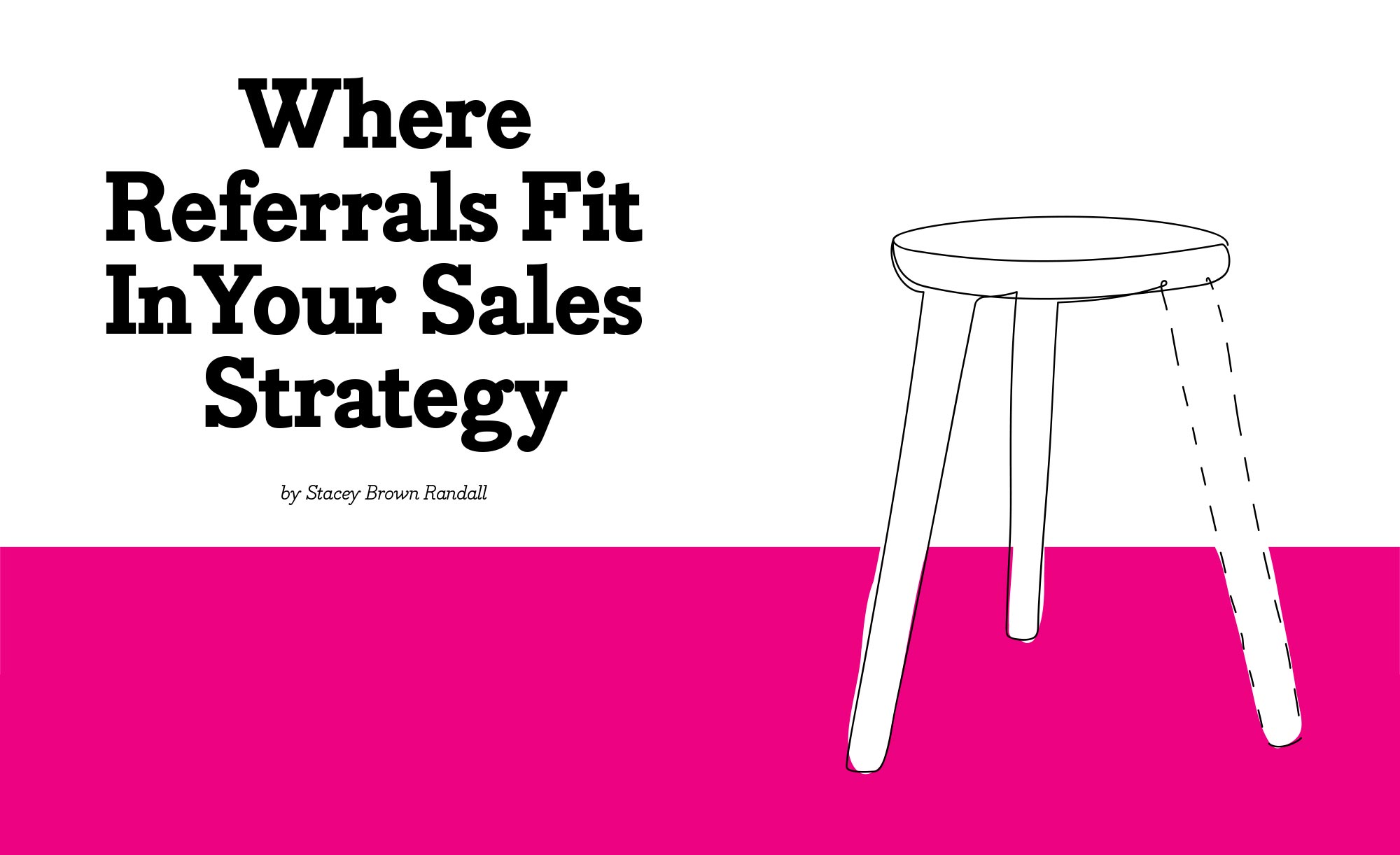The following article was originally published in the Trial Lawyer’s Journal, Vol. I. To subscribe and access the complete 130+ pages of interviews, articles and more, visit www.triallawyersjournal.com for more information.
For as long as you have been in business, you have been taught there are a limited number of ways to generate referrals.
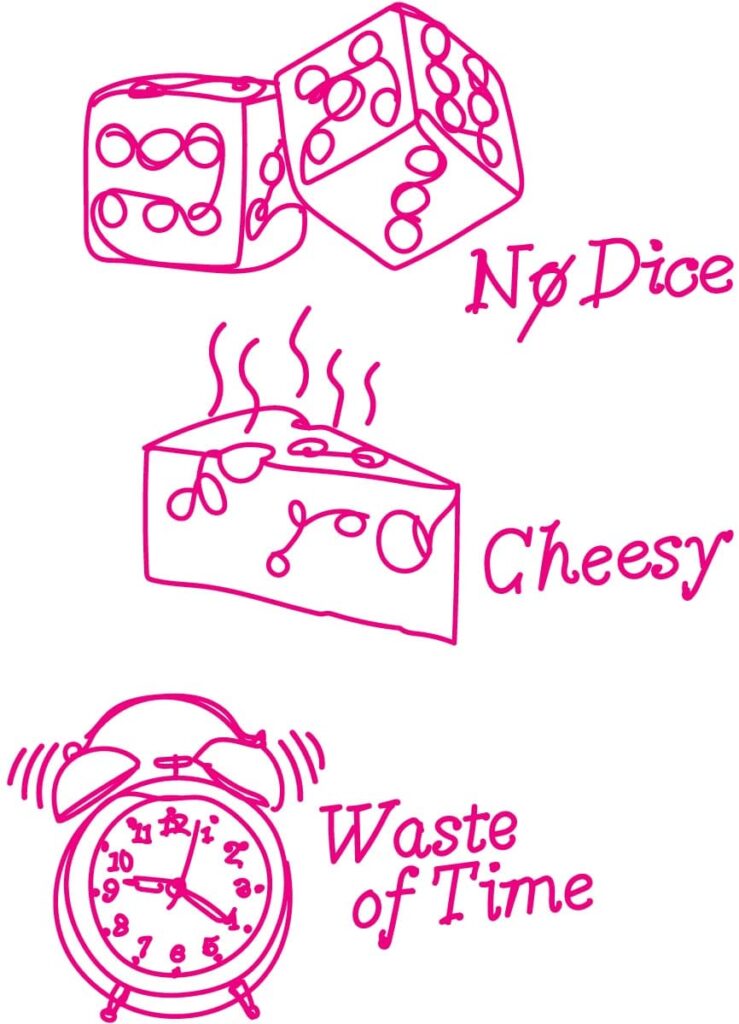
- Ask your clients and contacts — anyone in your database (or Rolodex) — for referrals and ask often.
- Be promotional and gimmicky by placing “Your referral is the greatest compliment you can give me” or “I’m never too busy for your referrals” in your email signature or newsletter.
- Spend as much time as you can networking so a ton of people know you, see you all the time, and might one day refer you.
Why have you only been taught to ask for referrals, or be promotional, or network constantly to receive them? You know if you’ve ever tried those methods, they either didn’t work, took way too much time or felt awkward and uncomfortable to do consistently.
Most attorneys want referrals; they just do not want to ask or be overly gimmicky to receive them. So, if you know you deserve referrals and do not want to follow the decades-old traditional advice on how to receive them, what are you left with? Hope. To hope you receive some referrals from time to time because you do a great job.
But as the saying goes, hope is not a strategy.
So where does the traditional advice (asking, promotional, or constant networking) come from on how to generate referrals? It comes from how we have been taught to deploy an overall sales strategy in our business. What we have been taught is that a typical sales strategy has two parts—the prospecting plan and the marketing plan.

Traditional overall sales strategy
Within a sales strategy, the typical prospecting plan includes activities such as cold calling, joining leads groups, attending live or virtual networking events like the Bar Association, and more. The mentality you bring to the prospecting activities you do is short-term, meaning you hope that by participating in that networking event you’ll meet someone who wants to talk about hiring you. The end user of your prospecting activities is the prospect — i.e., your potential new client. When prospecting, you want to reach the prospect.
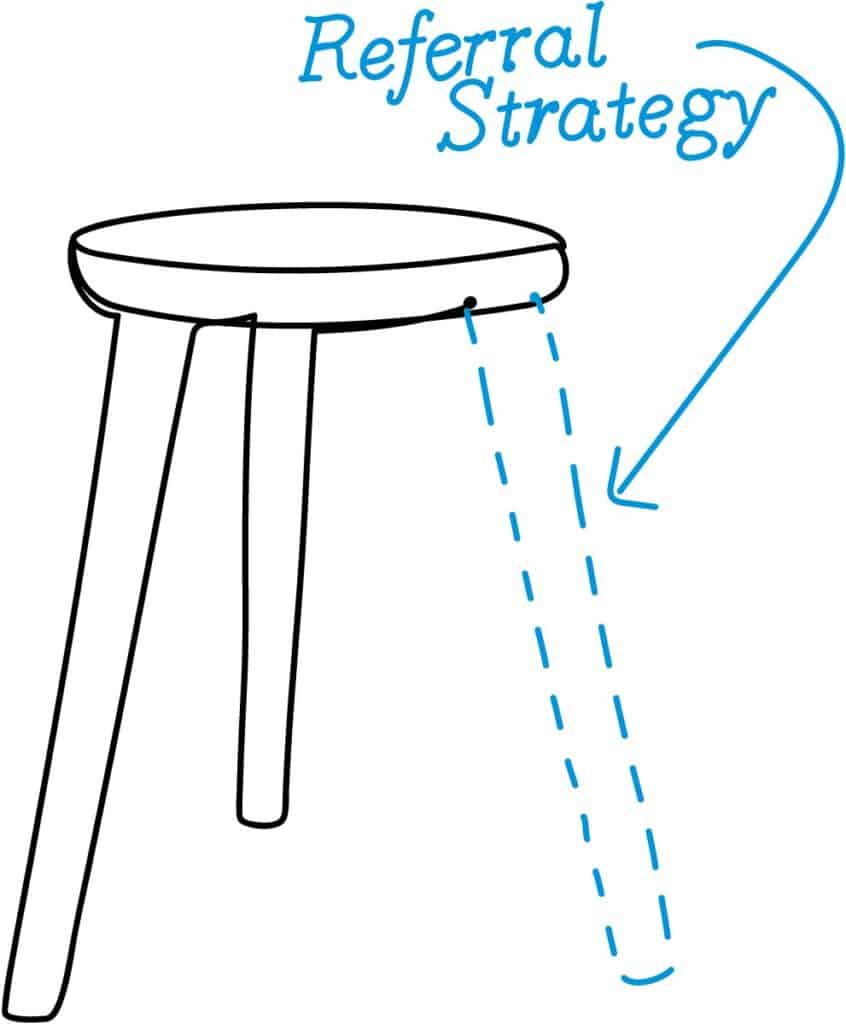
On the other side of the sales strategy is the marketing plan. In the typical marketing plan, the activities include advertising, sponsorships, trying to get publicity (PR), social media, and more. The mentality is a little bit longer-term than prospecting, but the end users of your marketing message — the ones you want to see and respond to — are potential clients.
Make no mistake — both prospecting and marketing are important. But your sales strategy is not a two-legged stool.
It is a three-legged stool, and the third leg should be your referral strategy. This means that you have to pull all referral activities out from your prospecting and marketing and create a stand-alone referral strategy.
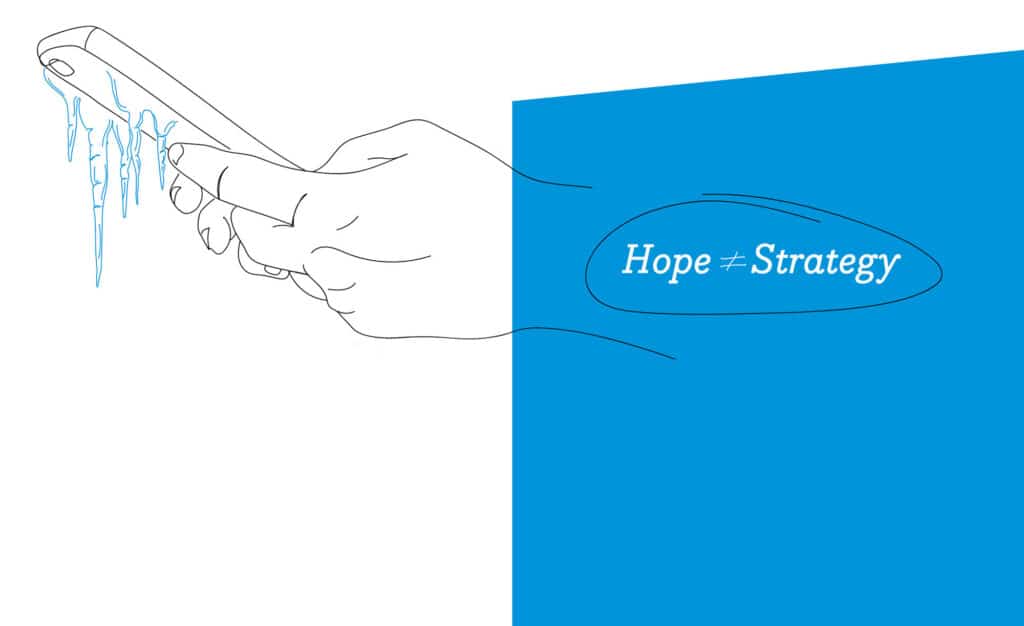
Hope ≠ Strategy
Yet, we don’t want to ask. We don’t enjoy it. We know it makes who we are asking uncomfortable. And we also know it doesn’t work.
What’s wrong with forcing referrals into prospecting or marketing?
When others attempt to teach us to force the activity of generating referrals into our prospecting plan or marketing plan, the tactics they provide are old-school or traditional ones.
With the short-term mentality of the prospecting plan — trying to get to the prospect as quickly as possible — the resulting tactic is to ask for referrals. That advice includes who to ask when to ask, how often to ask, and how to get over being uncomfortable with asking.

Yet, we do not want to ask. We do not enjoy it. We know it makes who we are asking uncomfortable. And we also know it does not work. Most people we ask do not get back to us with quality prospects. And as attorneys, you don’t even have the benefit of following up with people who haven’t reached out.
On the other side of the sales strategy, we have been taught that referrals should fit within the marketing plan, which provides us with tactics like being promotional or overly gimmicky and networking all the time so you are constantly seen and remembered. Tactics include gimmicky messages like adding “The greatest compliment you can give me is a referral” to your email signature. Or to include a “Referral Corner” in your e-newsletter where people can click to refer you.
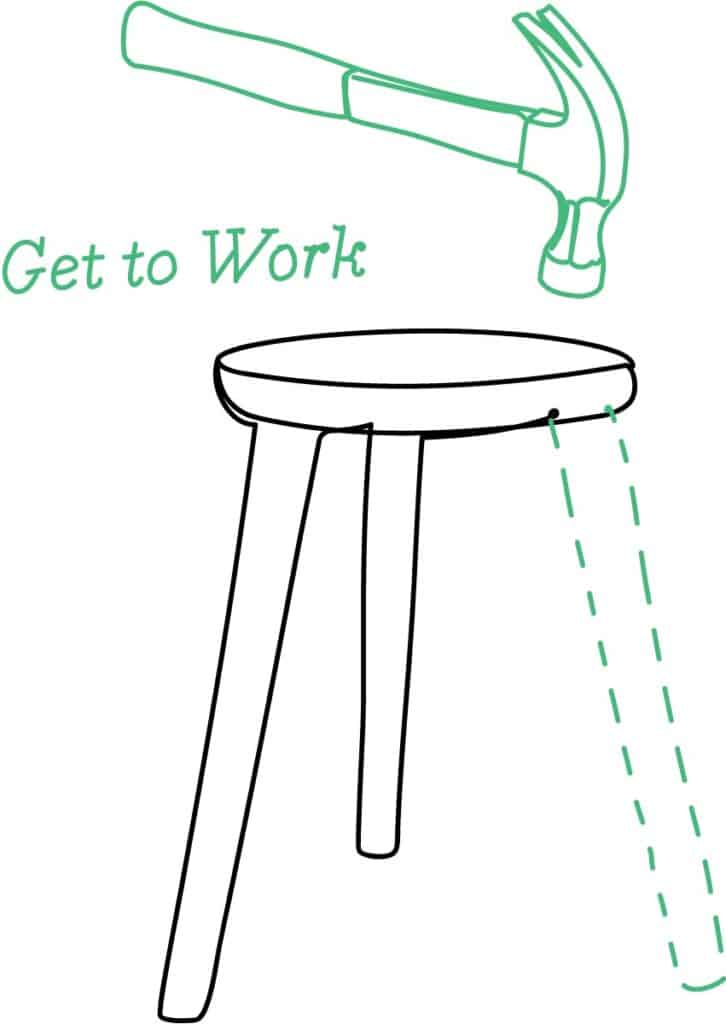
Both of these strategies — forcing referrals into the prospecting mentality or within the marketing message — ultimately forces you to become salesy with your referral strategy, which misses the point of who the end user is: the one sending you referrals. The end user or receiver of your message and actions in the referral plan is your referral source (the person who refers you). The end user of a prospecting plan or marketing plan is the prospect. Two totally different types of people with very different needs.
When you pull your referral strategy out of prospecting and marketing, you can create a fully functioning sales strategy by adding the third leg to your sales strategy stool, focused on referrals.

How referrals are different
With referrals, you are focused on developing and strengthening relationships with your referral sources, which removes the need to ask or be promotional gimmicky or salesy.
So what does this mean? What does it look like and how do you deepen relationships with your referral sources?
Well, let me start with what will not cut it. You are not strengthening relationships by just emailing your newsletter every month or mailing an occasional tri-fold brochure or postcard. Or hoping to see them randomly at a virtual or in-person networking event. Texting or calling every quarter won’t produce the results you are looking for, either.
When we look at our relationships, we have to focus on being memorable and meaningful and staying top of mind. Yes, sending the handwritten thank-you card for each referral received is necessary. But it’s also necessary to connect with your referral sources differently — with intentionality to be consistent (not every day or even every month, but approximately 5 to 7 times a year).
To know how you’ll create your outreach, start with identifying who are your referral sources. Then, you will know how to best serve them with your outreach, giving you opportunities to plant referral seeds.
When creating a referral plan for Amanda Mingo, a personal injury attorney in Charlotte, we consider who her referral sources are, what is authentic to her, and what will work with how she runs her practice. This means her plan was very different from Neil Tyra’s — an estate planning attorney out of Maryland.
Maybe the best way to connect with your referral sources is recognizing Mother’s Day with a Wonder Woman water bottle or hosting some of your best referral sources for a virtual beer tasting complete with a knowledgeable brewer.
Maybe events make you shudder, or you don’t have the budget for gifts. No problem. The different types of outreach and opportunities to connect are endless. Where you start — as I do with all attorneys I work with — is to first gain clarity of “what to do” once you know the “who” you are doing it for.
Final considerations for a referral explosion
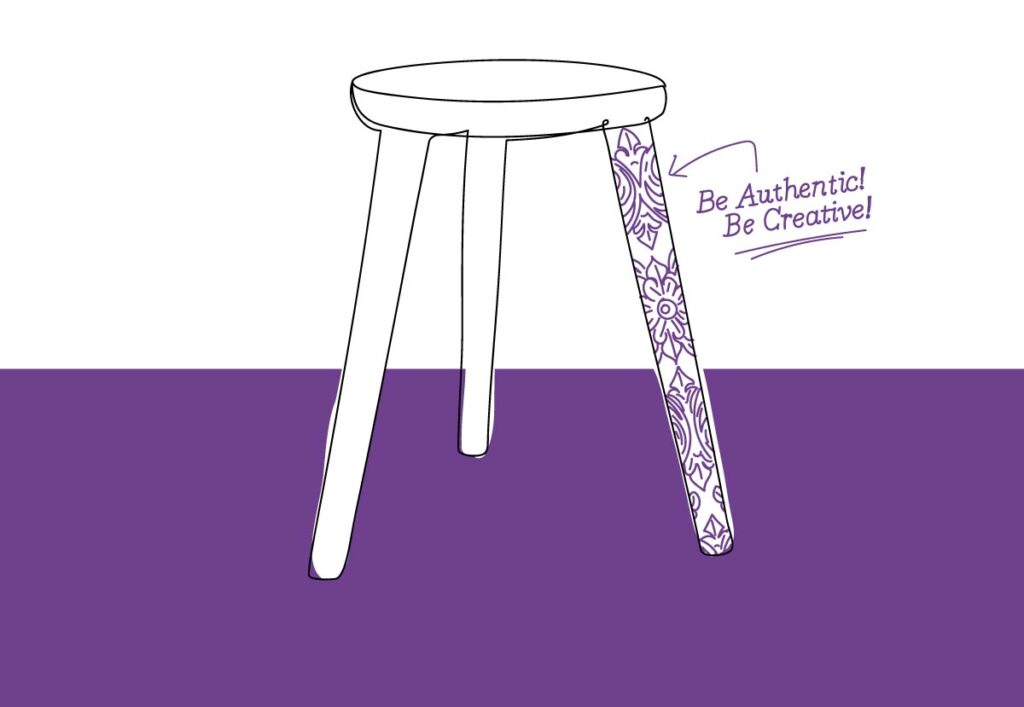
Remember, we should not apply the prospecting or marketing mentality or activities to how we generate referrals. Anything you do to generate referrals is directed at the referral source, the human who refers new clients to you, which means everything should be different — what you do, what you say, and when you do or say it. Because when a referral source refers you, they are ultimately putting their reputation on the line and recommending you because they trust you.
Referrals only come from relationships, so your tactics to cultivate those relationships must be different. I encourage you to spend some time right now to decide what your referral strategy will look like as you create the third leg of your sales strategy.
Stacey Brown Randall is the author of the multiple award-winning book, “Generating Business Referrals Without Asking,” the host of the “Roadmap to Referrals” podcast, and a national speaker. You can find her at www.StaceyBrownRandall.com or on LinkedIn at www.linkedin.com/in/staceybrandall/.
